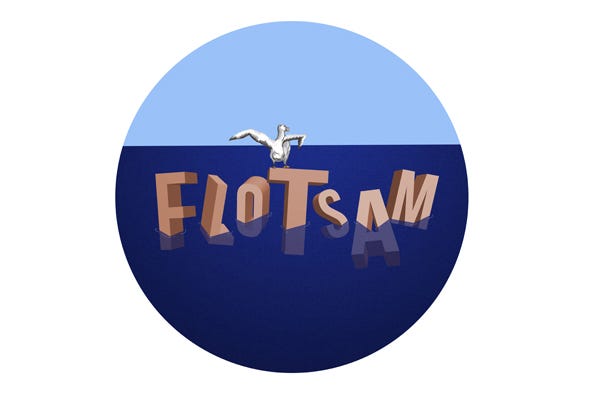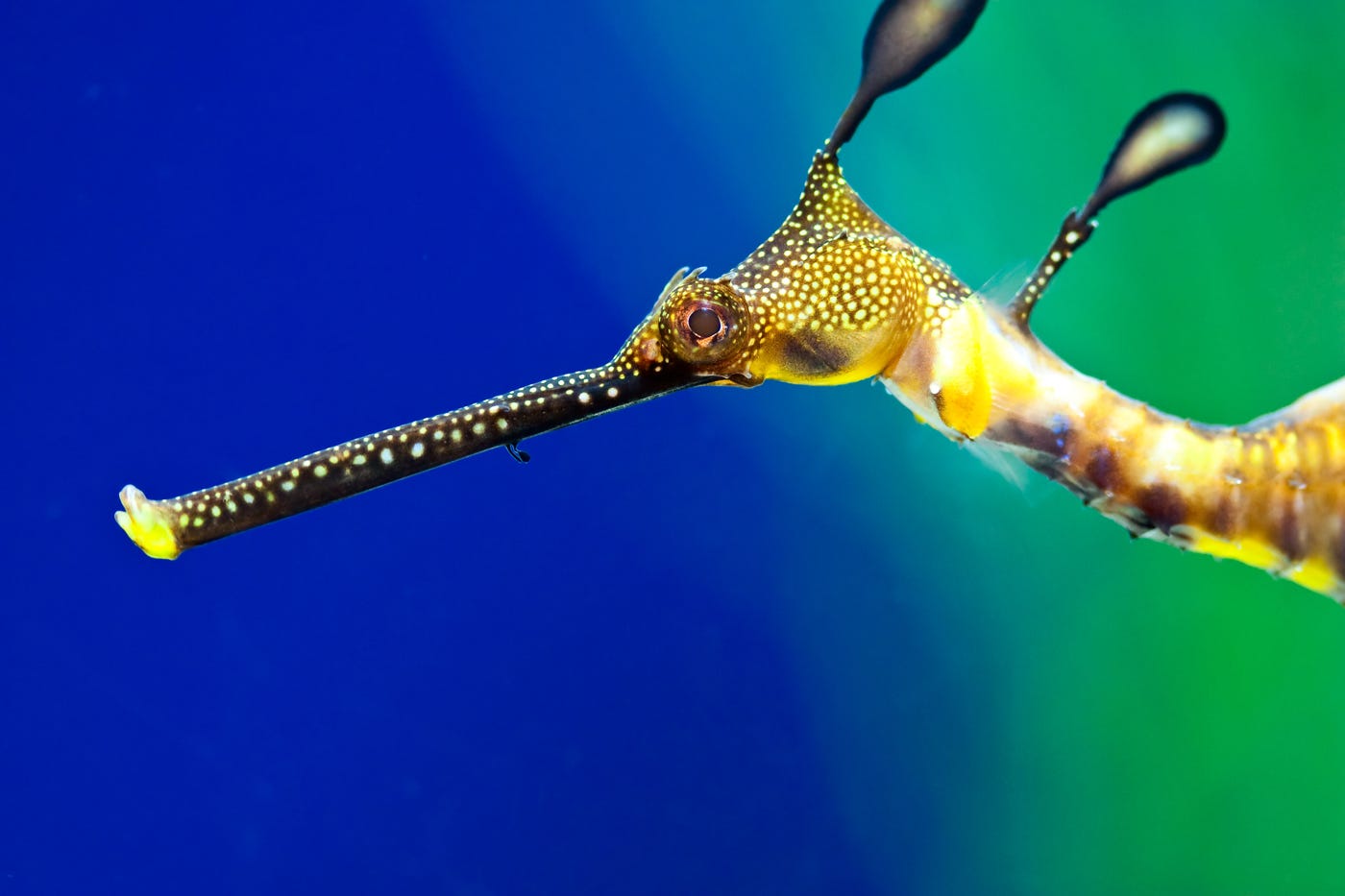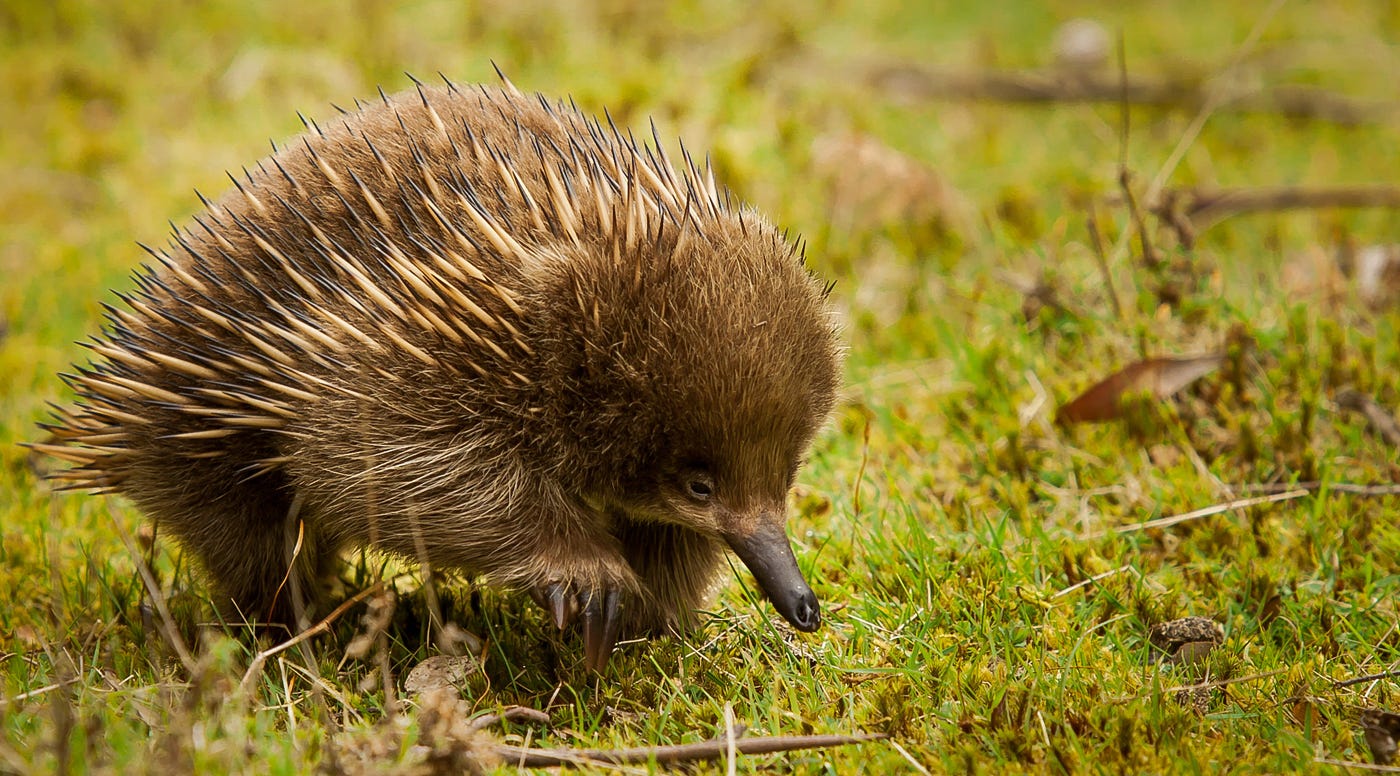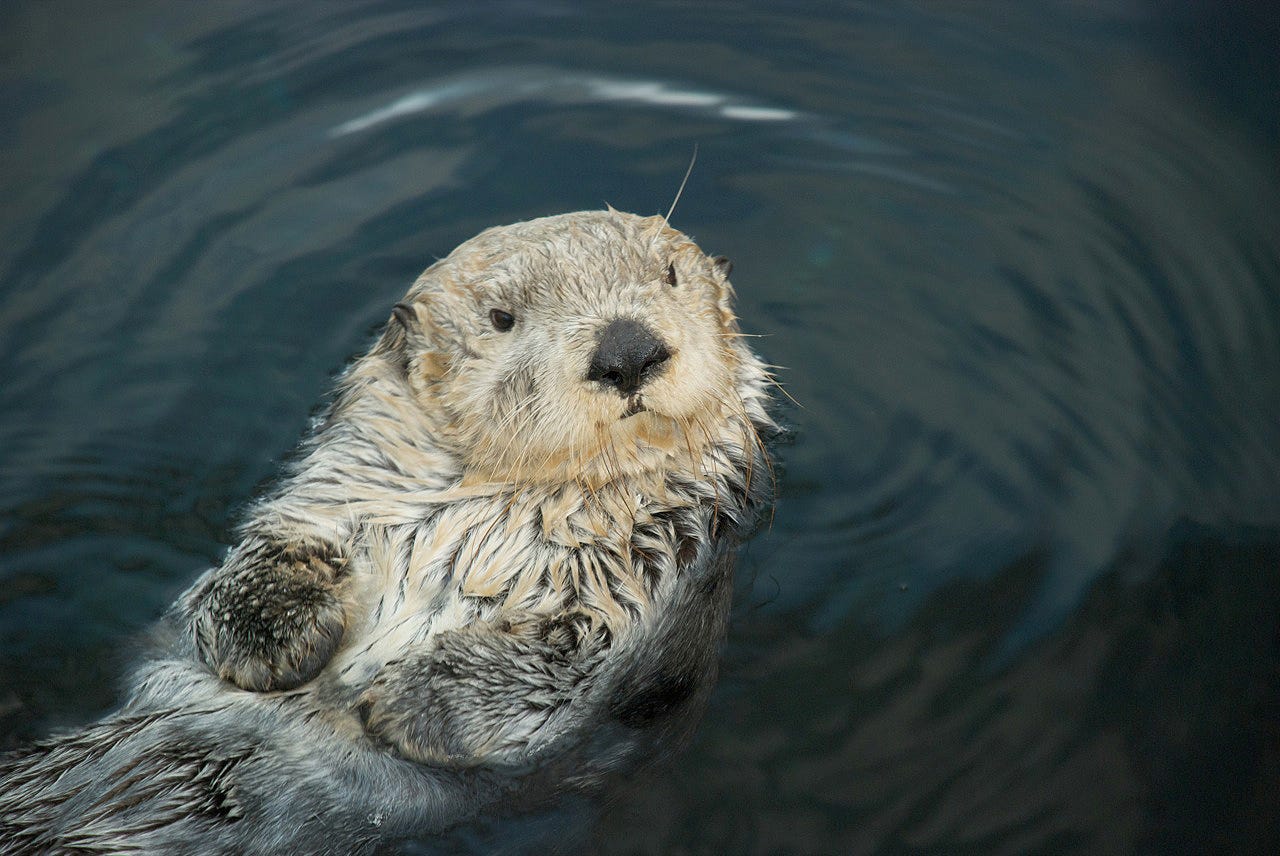What Animals Have Pouches For Their Babies

5 Animals With Pockets
#EcoList of Things Nosotros Love
Animals (including us humans) are ingenious in a zillion unique means. Hither are 5 animals that come with built-in pockets.
1. Male person Seahorse
Before seahorses breed they continue a multi-mean solar day date, during which they concord tails and swim and dance together. When the time is right, the female person seahorse uses her ovipositor to squirt eggs into the male person seahorse's ventral "brood pouch." The male is pregnant for ten to 25 days until strong contractions allow him to release the fully formed fry. Directly after giving nascency, this superdad is ready to onboard another fix of eggs.

2. Marsupials
As you already know, marsupials — which include kangaroos, koalas, wombats and possums — accept pouches called "marsupiums" for keeping their young protected and nourished. These built-in pockets are marvels of engineering. For case, koalas, who can't attain into their back-facing marsupiums to clean them, have cocky-cleaning pouches. Right before the koala gives birth, she secretes an antimicrobial liquid in her pouch to prepare it for the inflow of the vulnerable, viscid-bear-similar baby. BTW the pouch is the least weird aspect of marsupial reproduction; most marsupials have double-headed penises and triple vaginas.

3. Echidna
Echidnas (pronounced eh-Kid-nehs), also called spiny anteaters, have spines and long, incredibly sensitive snouts. They live exclusively in Commonwealth of australia and New Guinea. Like platypuses, echidnas are monotremes: outside-the-box mammals that lay eggs instead of giving birth to live young. Echidnas take a temporary, "convertible" pouch for conveying their eggs and young. This pouch is formed by abdominal muscles contracting to create a pouch-similar holder. When the female echidna lays an egg, she lies on her back, rolls the leathery egg downwards her stomach, and tucks it into her pouch. After about 10 days the baby hatches. The young echnidna, delightfully named a "puggle," hangs out in the pouch until information technology begins to develop its spines, at which point it'southward evicted past the mother for being too prickly.

4. Sea Otter
Yup, sea otters have pockets. Folds of loose skin across their chests create a pouch under each forearm to store stuff in. Sea otters oftentimes accept a favorite rock for cracking open shellfish and clams, and they keep this rock in one of their pockets — typically, co-ordinate to science, the left pocket. Sea otters also utilise their pockets to store food gathered on dives. (I know. As if sea otters weren't already unbearably cute.)

v. Chipmunk
Many animals, including rodents, monkeys and platypuses, have cheek pouches for storing food. But of all Earth's animals, chipmunks have the largest face pockets. When a chipmunk's cheek pouches are full, they can reach the size of the whole rest of the chipmunk's body. Check out this video to run across how much a chipmunk can pack — and enjoy some flawless interspecies comedic timing.
Flotsam is a list of wild things we remember are cool. Send us your ideas at flotsam@biologicaldiversity.org .
Source: https://medium.com/center-for-biological-diversity/5-animals-with-pockets-d05c31cb6aa7
Posted by: reyesfewillic.blogspot.com

0 Response to "What Animals Have Pouches For Their Babies"
Post a Comment